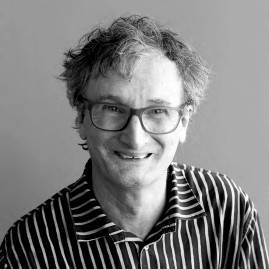
Garth Davies
NSW Architect Registration No. 7373
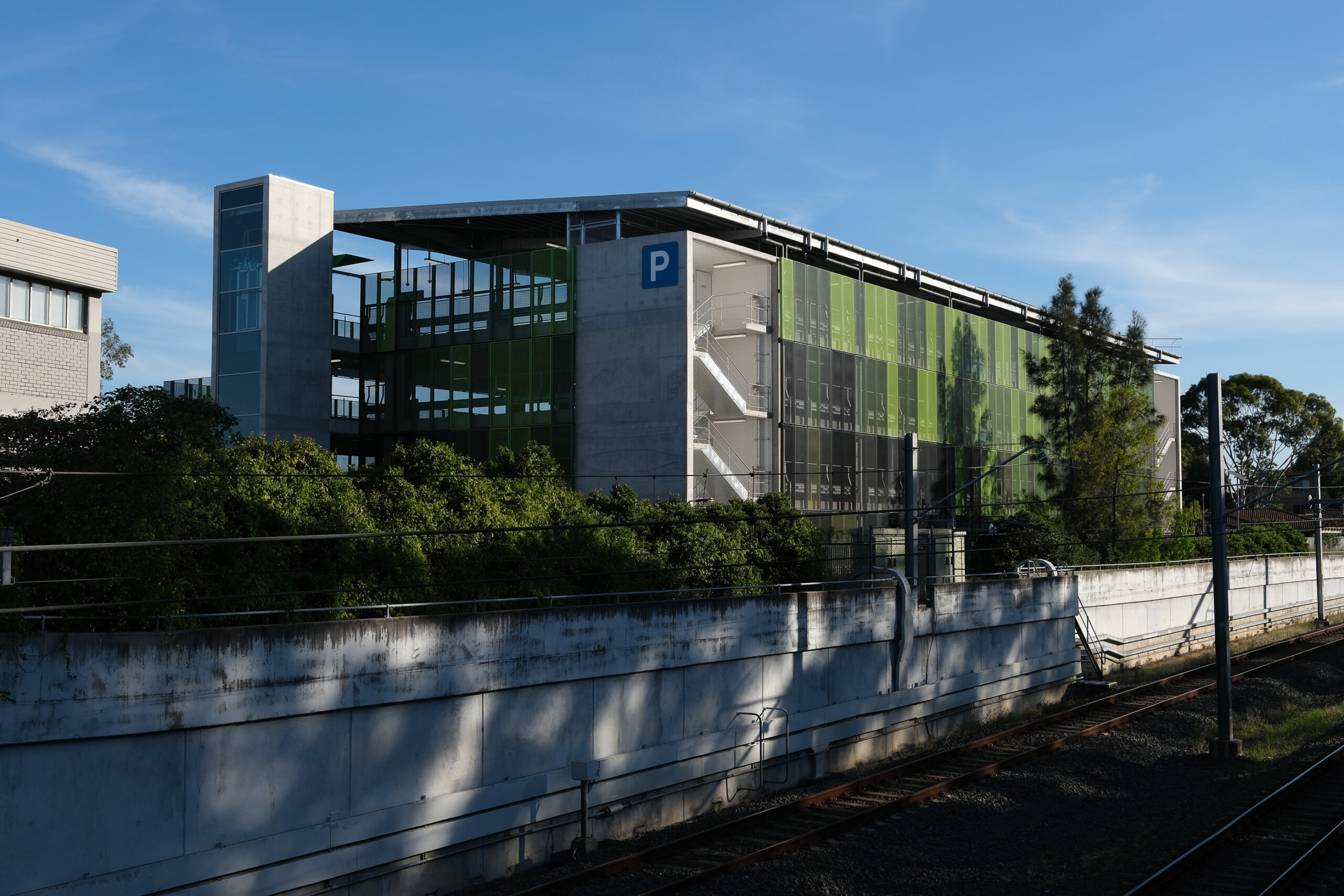
Beverly Hills Commuter Carpark is part of Sydney’s shift toward greener mobility—delivering better access to public transport, reducing road congestion, and supporting a more sustainable, connected future.
With 200 new parking spaces across multiple levels, the carpark has been carefully considered to deliver meaningful social and environmental outcomes. DesignInc provided integrated architecture and landscape architecture on this community asset that responds to place, purpose and future needs.
The project is part of the NSW Government’s Commuter Carpark Program, a joint initiative of the Australian and NSW Governments, providing more convenient access to public transport at key interchanges and helping to ease congestion on local roads.
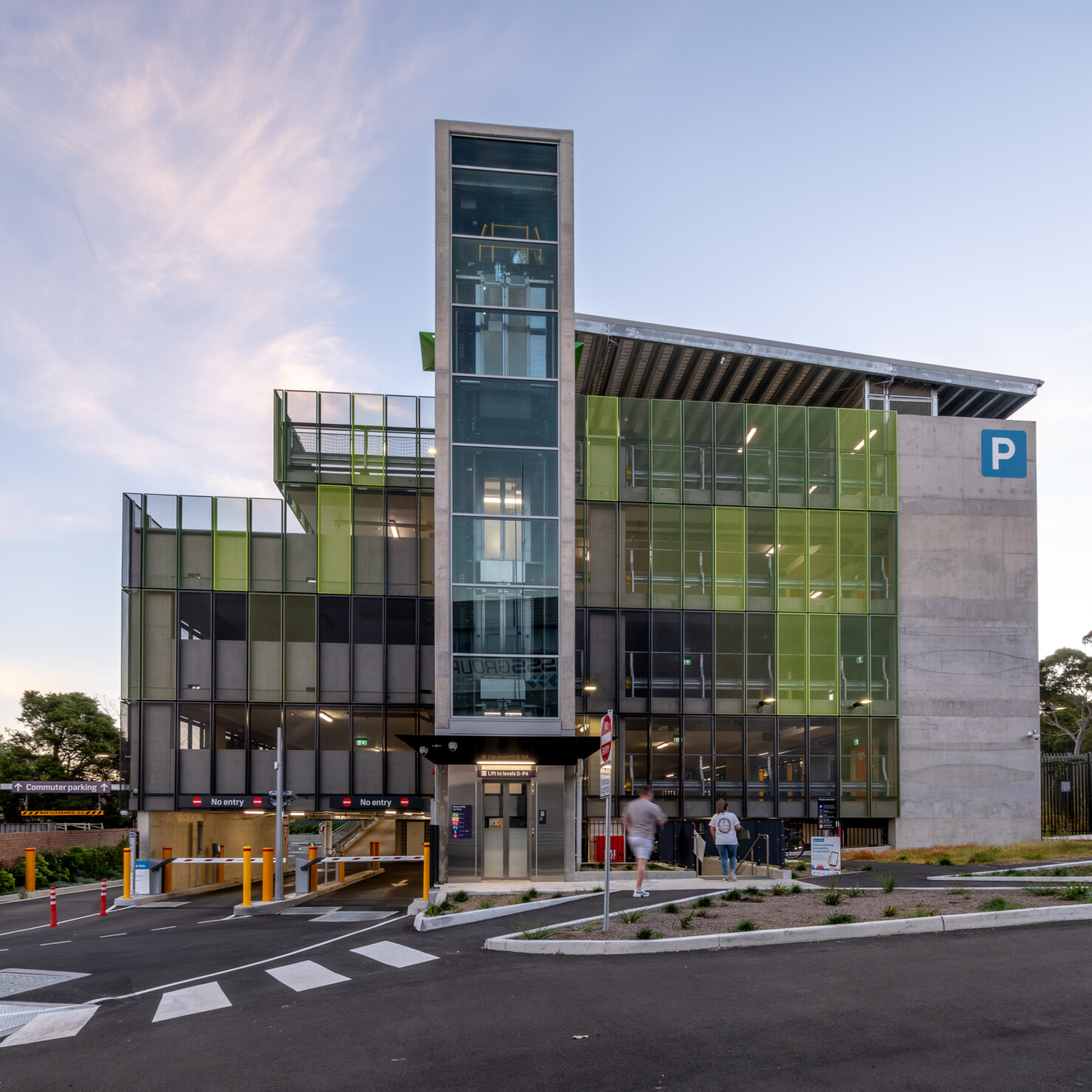
Social Value
Socially, the carpark is designed to enhance accessibility, convenience and safety for public transport users. The integration of lift access, upgraded stairs, and dedicated accessible parking on Tooronga Terrace ensures equitable access for people of all mobility levels. Clear wayfinding signage, extensive CCTV coverage and thoughtful lighting design improve passive surveillance, contributing to a greater sense of safety and comfort for all users. These design interventions support a seamless transition from car to train, helping to foster greater use of public transport and encouraging a more sustainable travel culture.
Beyond functionality, the architectural expression of the Beverly Hills Commuter Carpark contributes to a broader narrative of place, with the eastern façade featuring a public artwork inspired by the bark canoe—a historic mode of individual transport that symbolises the connection between traditional and contemporary mobility. This layered design reflects local identity and acknowledges First Nations heritage, reinforcing the carpark as both a cultural and practical landmark.
A creative compromise between simplicity of form and efficient construction was achieved through meaningful engagement with local Elders and community, initially to inform the public art but ultimately influencing the entire façade design. The result is a simple yet evocative composition of perforated aluminium panels, coloured in a pixelated pattern that draws from a Woman’s story of the mangrove Billy-Bung—growing from grey and brown mud into vibrant green foliage—symbolising rejuvenation and rebirth. This thoughtful integration of storytelling and materiality injects cultural richness and visual energy into an otherwise restrained architectural form.
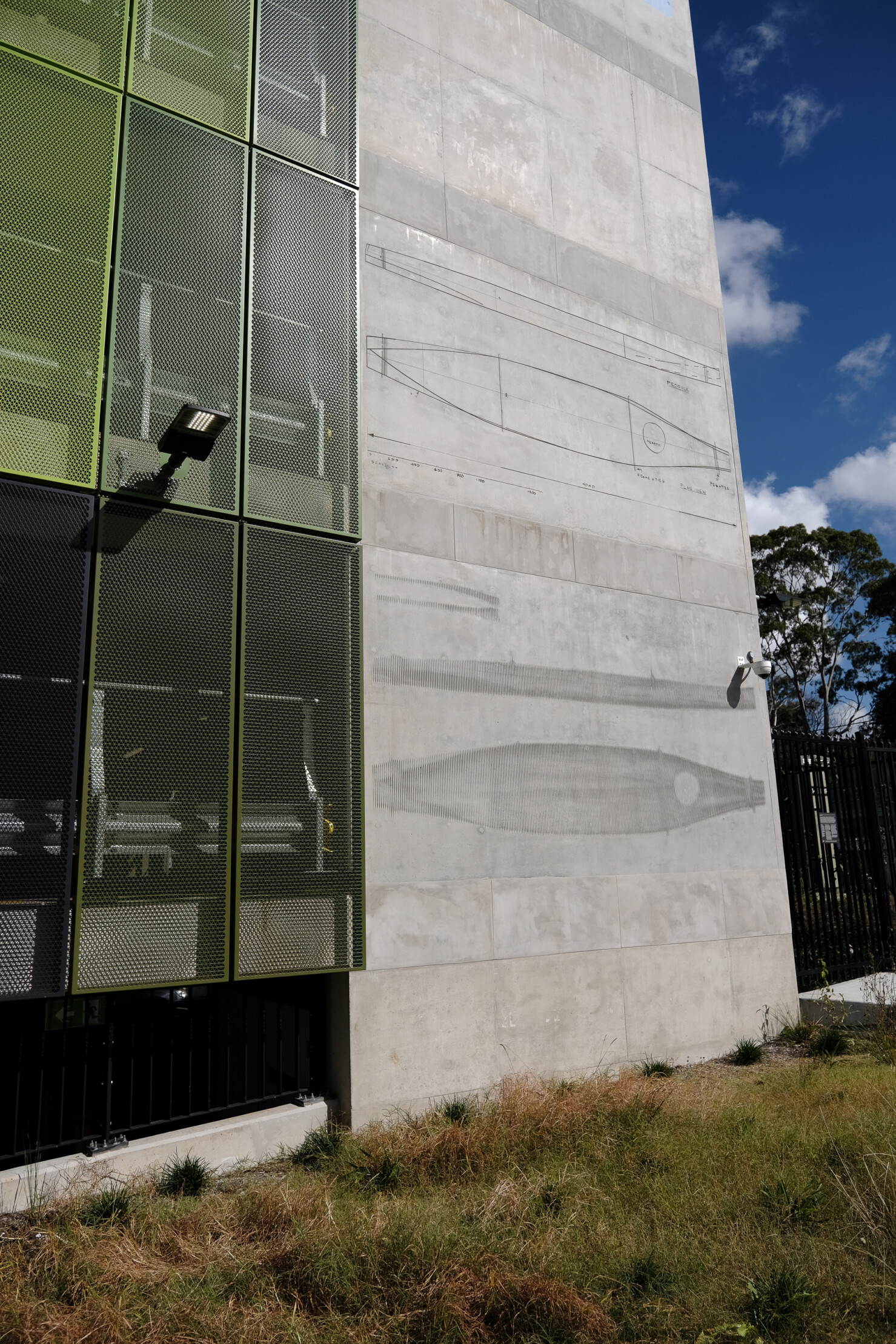
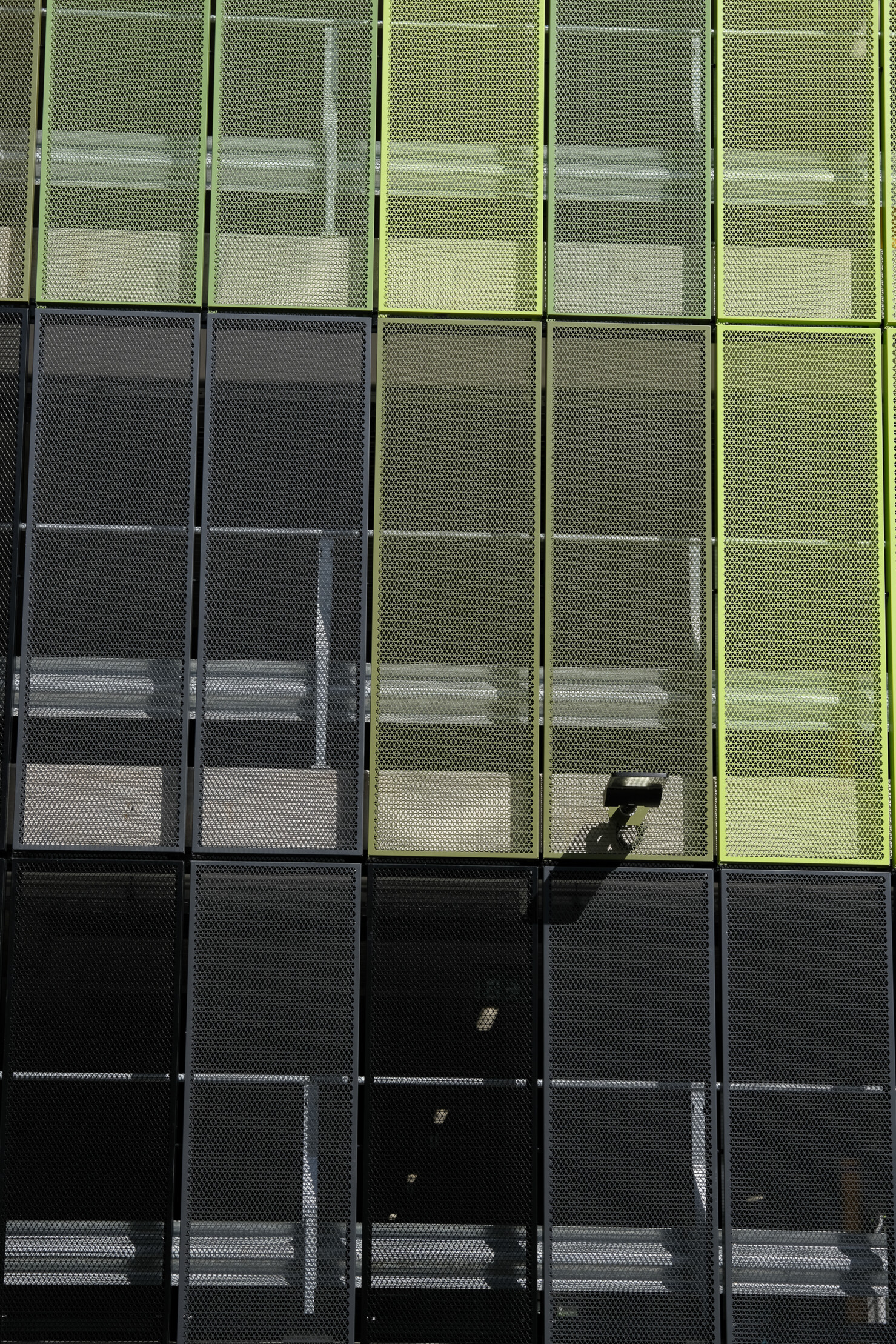
A Greener Transport Solution
Aside from encouraging public transport usage and lessoning reliance on cars, the project demonstrates a holistic commitment to climate-conscious design, efficient resource use, and thoughtful urban integration. It targets a 15% reduction in greenhouse gas emissions and is powered in part by a 150kW rooftop solar array. Durable, low-maintenance materials, such as 95% Boral Envirocrete for slabs and eMesh alternatives for footpaths, are prioritised alongside lifecycle-driven design principles. Water-sensitive strategies are embedded throughout, including the use of non-potable water in construction, advanced stormwater treatment, and at least a 10% reduction in construction water drawn from potable sources. Native landscaping increases green space by a minimum of 10%, enhancing habitat connectivity while keeping maintenance and water use low. Lighting design adheres to strict standards to reduce light pollution, and natural surveillance, access control, and clear spatial definition ensure safe, people-centred environments. Educational and interactive signage further fosters community engagement around sustainability goals.
The carpark is future-focused. Provision for electric vehicle charging points and integrated Park&Ride infrastructure supports the transition to low-emission mobility. Strategically located within walking distance of major train lines, the facility encourages mode shift away from private car journeys and reduces overall road congestion.
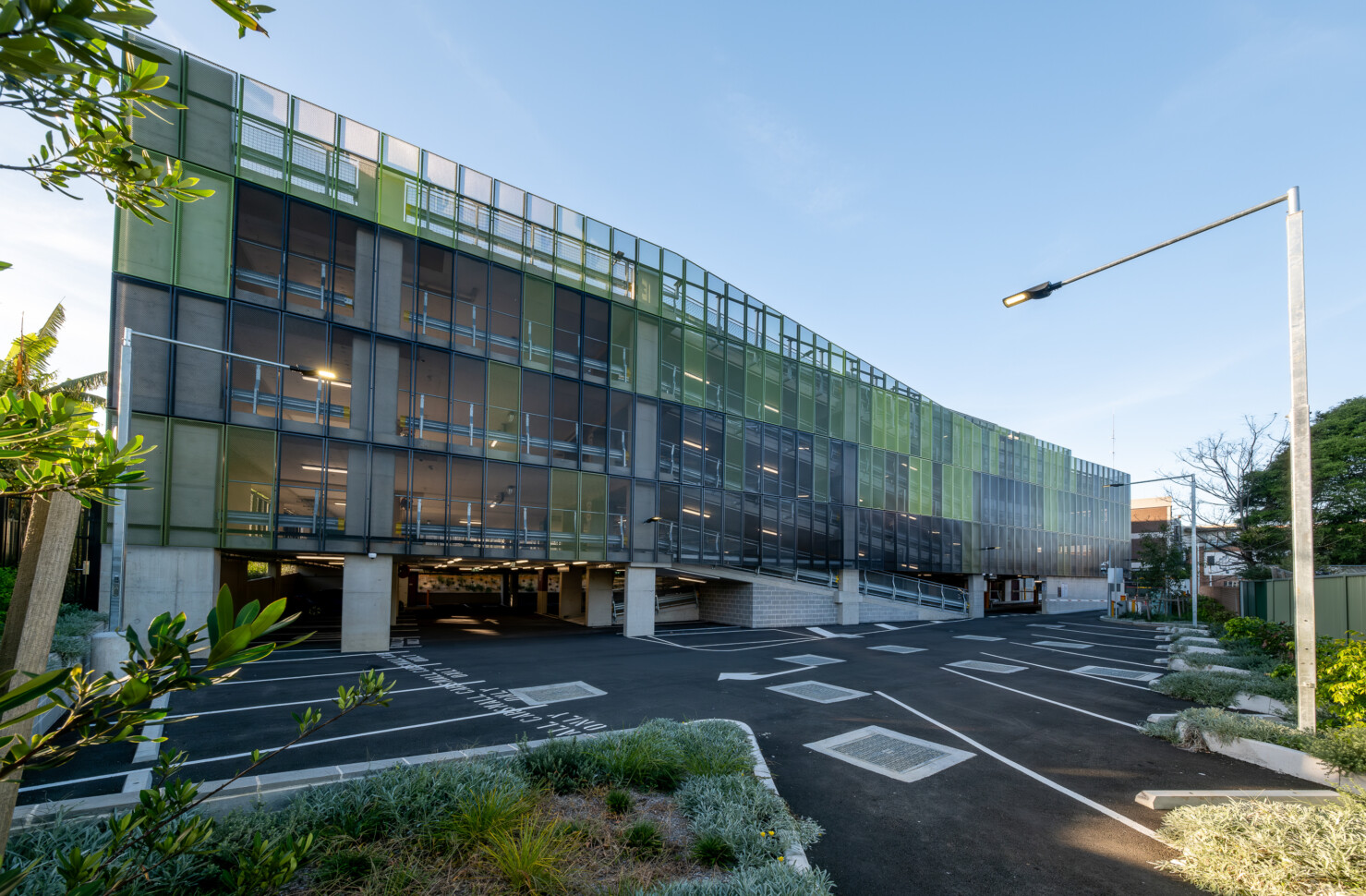
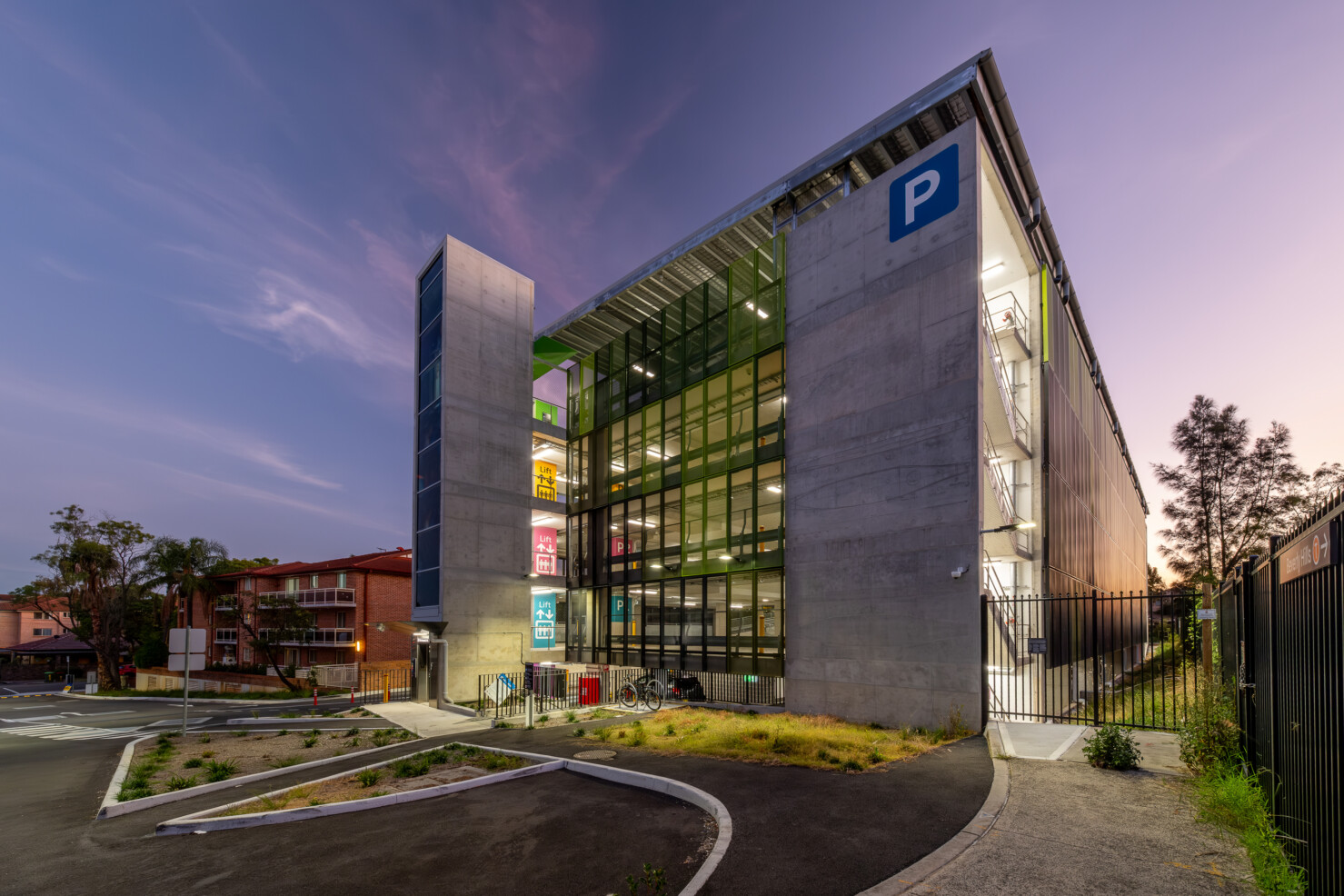

NSW Architect Registration No. 7373


NSW Architect Registration No. 10087


NSW Architect Registration No. 12758